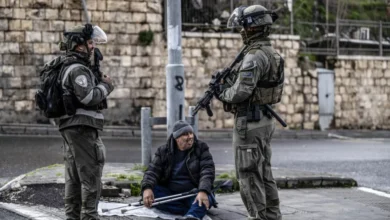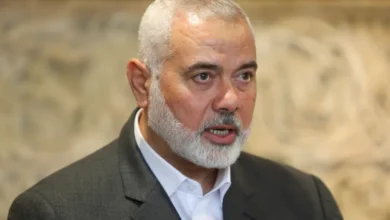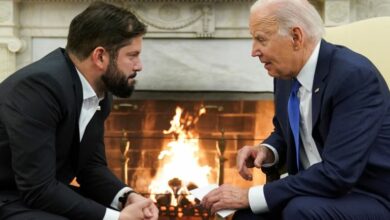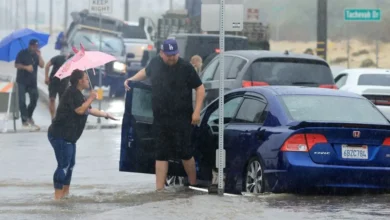Out with the old, in with the new: Russia-Ukraine heavy weaponry balance may shift
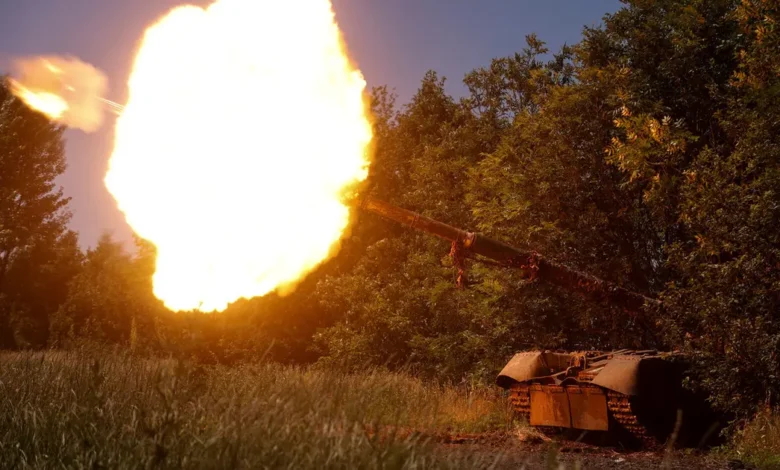
The balance of firepower through heavy weaponry might be shifting in the Russian war on Ukraine for the first time in more than 16 months of conflict, as Moscow depletes its stocks while the West replenishes Kyiv’s.
Data and assessments by the Kiel Institute for the World Economy (IfW) and the global research institute International Institute for Strategic Studies (IISS) showed a narrowing in the gaps between the inventory stocks between Russia and Ukraine.
Prior to the war in 2021, Ukraine had 987 tanks, 773 Howitzers (155/ 152mm) and 354 MLRS, IfW reported adding that 286 more tanks would be delivered by allies, 177 Howitzers (155/ 152mm) and 23 MLRS.
Meanwhile, Russia’s pre-war stocks stood at 3,417 tanks, 2,304 Howitzers (155/ 152mm) and 1,056 MLRS.
Heavy weaponry stocks pledged and supplied by Ukraine’s Western allies between January 24, 2022 and May 31, 2023, amounted to 471 delivered tanks out of 757 committed, 379 Howitzers (155/ 152mm) delivered out of 556 committed, and 66 MLRS delivered out of 89 committed.
Meanwhile, pre-war Russia had 3,417 tanks, 2,304 Howitzers, and 1,056 MLRS. However, Russian forces are continuously losing equipment and weapons and the military industrial complex cannot possibly churn out new weapons on an assembly line fast enough to replace the lost equipment, which is why it has looked for cheaper alternatives that materialized through the Kamikaze Iranian-made Shahed drones.
On the other hand, pledges of aid and military packages are pouring from the West to Ukraine, helping it replenish its arsenal with a wide range of weapons to use in its counter-offensive to reclaim territory occupied by Russia.
Tanks targeted
As of January 15, only four countries have committed main battle tanks to Ukraine, namely Poland, Slovenia, Czech Republic, and the United Kingdom. Poland committed 300, Czech Republic committed 130, Slovenia committed 28 and the UK committed 14.
However, there were more pledges of donations since then. Further commitments of main battles tanks between January 16 and February 15, 2023, include: 50 Leopard 1A5 from Belgium, 4 Leopard 2A4 from Canada, approximately 78 Leopard 1A5 from Denmark and Netherlands (jointly), an unknown amount of Leopard 2A4 from Finland, 14 Leopard 2A6 from Germany, and approximately 100 Leopard 1A5, an unknown amount of Leopard 2A4 from Norway, 30 PT-91 Twardy and 14 Leopard 2A4 from Poland, 14 Challenger 2 from the UK and 31 M1A2 Abrams from the US.
This brings the total number of Western-committed tanks to Ukraine up to 807.
Tanks are crucial to Ukraine’s counter-offensive and Russia has targeted dozens of the Western-supplied armored vehicles, most recently the German-made Leopards. While Ukraine doesn’t publicly acknowledge loss of Western-supplied gear, this month, Russia claimed to have destroyed 16 Leopard tanks supplied to Kyiv by Poland and Portugal.
Military balance shifting
James Hackett, Senior Fellow for Defense and Military Analysis at IISS wrote in an analysis that highlights the role changes in equipment and inventories plays in changing the dynamics of a war. He said: “Equipment inventories are changing too. Russia failed to gain air superiority over Ukraine and relied mainly on stand-off attacks using its land-attack cruise missiles, depleting its inventory. As a consequence, Moscow has turned to importing Iranian direct-attack munitions.”
He added: “Russia’s tank and artillery fleets have suffered significant attrition. Around 50 percent of its pre-war fleet of modern T-72B3s and T-72B3Ms is assessed to have been lost. Moreover, the composition of Russia’s inventory has changed. As modern vehicles have been destroyed, Russia has looked to maintain its fleet by bringing older vehicles out of store.”
“The flow of Western artillery to Ukraine is modernizing Kyiv’s inventory and delivering improved capability.”
Additionally, factors that play against Russia include “industrial sustainability, logistics, maintenance, strategies and plans and training, areas in which Russia’s armed forces have in 2022 demonstrated significant deficiencies.”
Cost of military aid across Western donors
IfW valued heavy weapon commitments to Ukraine up to January 15, 2023, at a total of $12.27 billion, of which $5.89 billion comes from the US (almost 48 percent) and $4.79 billion (roughly 39 percent) comes from EU countries.
The IfW reported on the newly covered period, February 25 to May 31, the value of all recorded commitments to Ukraine increased by a good €13 billion to a total of about $181 billion; almost $9.9 billion were for military aid. Germany, now the second biggest contributor of military aid in absolute terms, increased its military pledges by $3.58 billion, or 76 percent, to $8.2 billion total. This includes additional battle tanks, Iris-T air defense systems and other weapons to strengthen Ukraine’s air defense capabilities.
The EU increased the European Peace Facility with two additional tranches worth $1.1 billion each to a total of $6.14 billion.
For the entire year, Denmark promises military support worth $1.1 billion, including additional Leopard-2 tanks. This corresponds to a $839 million increase compared to late February 2023, a 175 percent increase. Poland pledged two new additional military aid packages worth a total of $637.2 million. One of the packages included the promise of 14 MiG-29 fighter jets, all of which have already been delivered to Ukraine. Slovakia is next to Poland the only other country that pledged and already delivered fighter jets. In total, Slovakian military aid increased by $209.5 million, more than tripling its military commitments to Ukraine.
How essential are heavy weapons?
Tanks play a crucial role in modern warfare, offering a combination of mobility, firepower, and armor protection. They are versatile assets that provide ground forces with the capability to engage enemy targets effectively and maneuver across diverse terrains. Tanks excel in offensive operations by leading armored assaults, breaking through enemy defenses, and providing direct fire support to infantry units. With their powerful main guns and secondary weapons systems, tanks can engage and destroy enemy armor, fortifications, and infantry positions, significantly influencing the outcome of battles and operations on the ground.
Howitzers, such as the 155mm or 152mm variants, are heavy artillery pieces designed for long-range indirect fire support. These weapons are essential for providing accurate and sustained firepower to ground forces. Howitzers can deliver a variety of ammunition types, including high-explosive, smoke, and precision-guided projectiles. Their ability to fire at high trajectories allows them to reach targets behind cover or in difficult-to-access locations. Howitzers are indispensable in both offensive and defensive operations, providing suppressive fire, neutralizing enemy positions, and supporting ground troops by delivering precision strikes on enemy targets.
Multiple Launch Rocket Systems (MLRS) are advanced artillery systems that can rapidly launch multiple rockets or missiles. MLRS platforms offer significant firepower and the ability to saturate a designated area with a high volume of projectiles. They are capable of launching various types of munitions, including cluster rockets, high-explosive warheads, and guided missiles. MLRS systems are particularly effective in engaging enemy concentrations, disrupting enemy defenses, and providing area-denial capabilities. The versatility and firepower of MLRS platforms make them valuable assets for both offensive and defensive operations, capable of delivering devastating and precise strikes over large areas.

